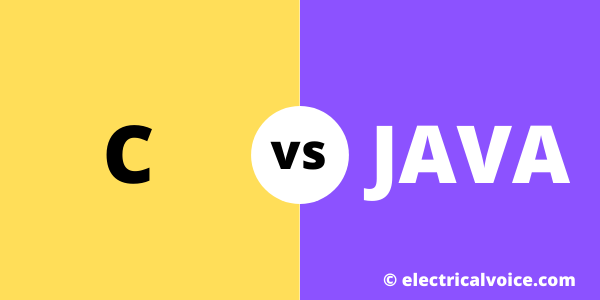At every workplace or even at schools we hear the word coding frequently. Any person can learn to code today at the comfort of their home. It is beneficial for every child to have at least a little bit of experience in coding. Coding is now important because our technology is steadily progressing and the evolution of technology has been possible only because of it.
Just like we require a language to speak and convey our thoughts, coding requires a language to relay our instructions to the computer. The most popular language to code in initially was C and later C++. Then came into picture Java, python etc., which intended to help simplify the code.
Every programmer likes to find a language he/she is comfortable to use to code. The varying number of coding languages were created due to this reason only. Languages were also updated which led to different versions with better features of the same language to be used ( for eg. C and C++). However, for common ground, some programming languages were made more prominent than others. Two of which are C and Java.

C vs Java
The differences between C and Java are described in the table as shown below.
| C | Java |
| Procedural programming language- gives more importance to the flow of the program than the data. | Pure Object Oriented programming language- gives more importance to the data of the program than its structure |
| Top-down approach | Bottom-up approach |
| Platform dependent | Platform independent |
| Originated from assembly level language | Originated from C/C++ |
| Middle-level language | High-level language |
| Direct execution of code | Code execution by Java virtual machine (JVM) |
| Developed by Dennis Ritchie in 1972 | Developed by James Gosling in 1991 |
| Translator- Compiler only | Translator- Compiler + Interpreter |
| Makes use of pointers | No use of pointers |
| Supports 32 keywords | 50 defined packages |
| It supports call by value and call by reference. | It supports call by value only. |
| Supports preprocessors | Does not support preprocessors |
| Features like polymorphism, exception handling, abstraction, inheritance are not supported by C | All features of object-oriented programming are supported by Java |
| Does not provide security for data | Provides security for data through APIs. |
| Does not support multithreading | Supports multiple threads |
| It can be broken down into functions | It can be broken down into objects |
| Memory management using pointers | Manages memory internally |
| Memory allocation can be done by malloc and the ‘free’ keyword is used to free memory space. | Memory allocation is done with a new keyword. Freeing of memory space is done automatically by garbage collector internally. |
| Generates a .exe file | Generates a .class file |
Let’s find out more about C and java and what made them popular.
What is C programming language?
C language was firstly introduced at Bell laboratories for the UNIX operating system. C is a powerful programming language for developing real-time applications. It is the oldest programming language and Everything from a microcontroller to operating systems is written in C. C is easy to learn and understand and thus is commonly used as a teaching language for students. C is a procedural language which means that it focuses more on the structure than on the data of the problem statement.
C follows the top-down approach which means that development begins from a high level and ends at low-level designing. The main() function is written first here and all functions are called from here. After this, the sub-functions are written. C is a middle-level language ie. here built-in functions are generally not available but the building blocks that are needed to give the output are given.
In C, there is a C preprocessor which is not a part of a compiler. It simply tells the compiler to automatically conduct a preprocessing before the actual compilation. This is what allows the inclusion of header files in C. C uses pointers to store and manage addresses of dynamically allocated blocks of memory.
What is Java programming language?
Java is extremely popular at the industry level for mobile and web applications. It is highly portable and one can find many skilled developers in this language. It allows one to form reusable code and standard programs. Java is extremely user-friendly and can be used for almost coding almost anything. Due to the availability of high concurrency tools and many packages, java became the go-to choice for most programmers. Java is open-source thus freely available to all and also provides excellent documentation of the code written.
Java follows the bottom-up approach where the subfunctions are written first and then integrated into the main function. This means that the development begins from low level and ends at a high level. Java is a high-level programming language ie. it provides the coder with all built-in functions and everything else he/she would require.
Java manages memory internally and doesn’t make use of pointers. Java has the mighty power of exception handling in cases of abnormalities and then making the sure normal flow of the program continues.
Many people are fluent in Java which ensures that in case one is stuck while programming, he/she can rely on their fellow coders.
Author
Shriya Upasani
MIT World Peace University
